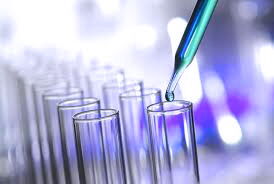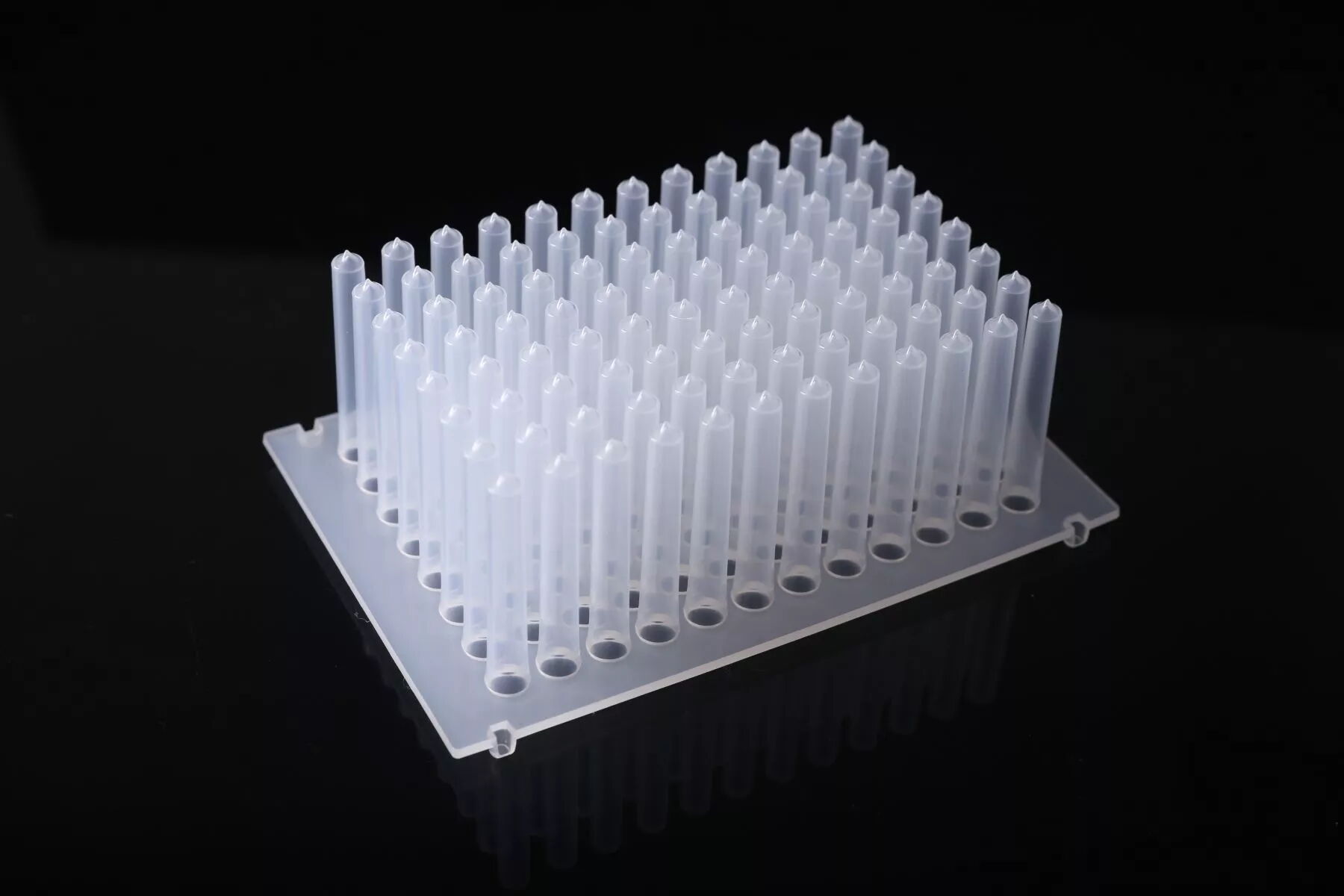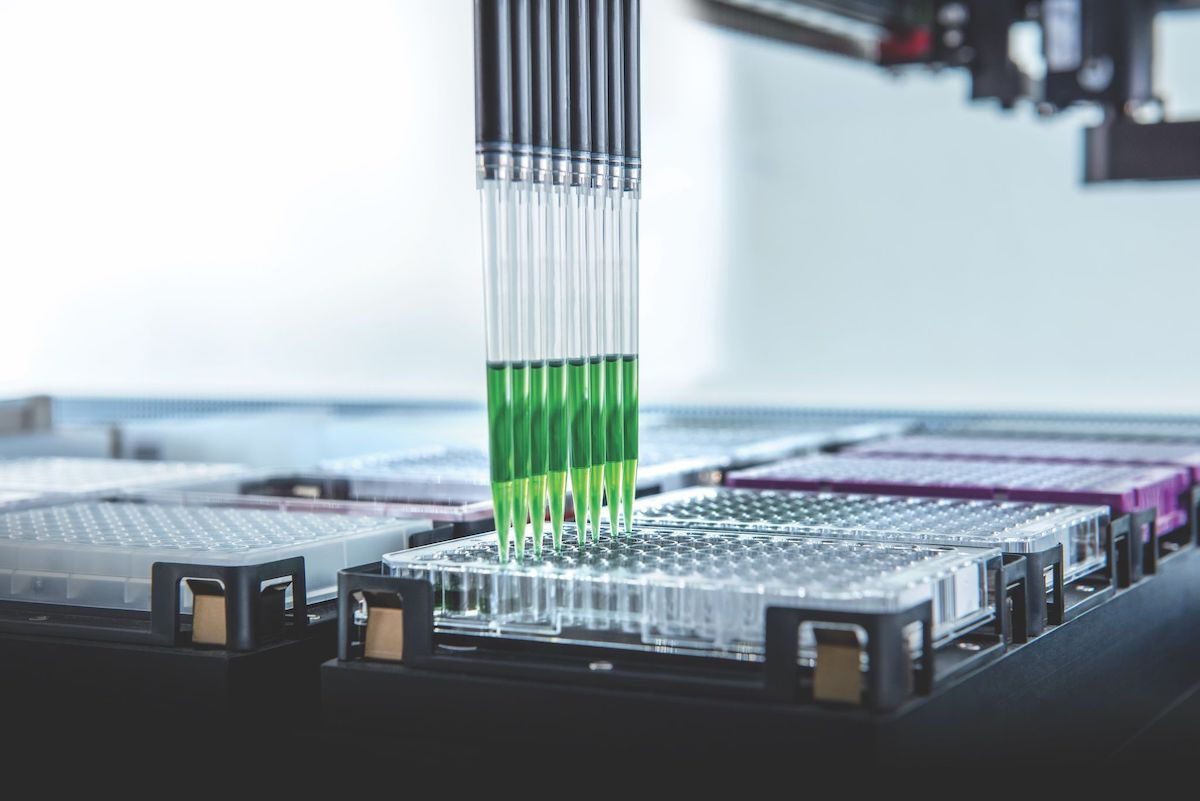Why Choose a Pipette with a Capacity Close to the Target Volume?
Jan 06, 2024
When using a pipette to aspirate liquid, it is crucial to choose the appropriate pipette based on the target liquid volume and the pipette's maximum capacity. The guiding principle is to select a pipette with a maximum capacity closest to the target liquid volume. For example, if the target aspiration volume is 90 μL, should we choose a pipette with a capacity of 100 μL or 1000 μL? According to the principle mentioned, the former should be chosen. This is because the precision and accuracy of a pipette are typically highest at its maximum capacity.
To elaborate, let's briefly discuss accuracy and precision. Accuracy is reflected by the difference between the target liquid volume and the mean of actual volumes measured in multiple pipetting events. If the target volume is 100 μL and the mean of multiple pipetting events is also 100 μL, the accuracy is high; otherwise, deviations indicate lower accuracy. Precision, on the other hand, is indicated by the consistency of results in multiple pipetting events. If, in ten pipetting events with a constant set volume, the actual volumes are consistently 100 μL, the pipette is considered precise; variability would indicate lower precision.
When purchasing a pipette, it is advisable to choose a brand that has passed international quality certification in design, production, and service aspects. Using compatible pipette tips is essential for proper functioning and to prevent tip detachment and wear. Additionally, selecting a pipette with good ergonomic design can reduce muscle strain during prolonged use.
It's important to note that pipette performance is often validated using the manufacturer's recommended tips. Therefore, using original manufacturer tips eliminates the need for additional validation of the pipetting system's accuracy.
Considering the operator and environment can also impact pipetting results. To improve accuracy and precision:
1. Learn and master correct pipetting techniques. Different liquids may require different pipetting techniques based on viscosity and volatility. For example, reverse pipetting is suitable for viscous or volatile liquids, while forward pipetting is appropriate for liquids with properties similar to aqueous solutions.
2. Maintain consistent environmental conditions. Factors such as temperature, humidity, and air pressure can influence experimental results. Therefore, it is essential to ensure a consistent operating environment.
In conclusion, selecting the right pipette and employing proper pipetting techniques are critical for achieving accurate and precise liquid handling in laboratory settings.
To elaborate, let's briefly discuss accuracy and precision. Accuracy is reflected by the difference between the target liquid volume and the mean of actual volumes measured in multiple pipetting events. If the target volume is 100 μL and the mean of multiple pipetting events is also 100 μL, the accuracy is high; otherwise, deviations indicate lower accuracy. Precision, on the other hand, is indicated by the consistency of results in multiple pipetting events. If, in ten pipetting events with a constant set volume, the actual volumes are consistently 100 μL, the pipette is considered precise; variability would indicate lower precision.
When purchasing a pipette, it is advisable to choose a brand that has passed international quality certification in design, production, and service aspects. Using compatible pipette tips is essential for proper functioning and to prevent tip detachment and wear. Additionally, selecting a pipette with good ergonomic design can reduce muscle strain during prolonged use.
It's important to note that pipette performance is often validated using the manufacturer's recommended tips. Therefore, using original manufacturer tips eliminates the need for additional validation of the pipetting system's accuracy.
Considering the operator and environment can also impact pipetting results. To improve accuracy and precision:
1. Learn and master correct pipetting techniques. Different liquids may require different pipetting techniques based on viscosity and volatility. For example, reverse pipetting is suitable for viscous or volatile liquids, while forward pipetting is appropriate for liquids with properties similar to aqueous solutions.
2. Maintain consistent environmental conditions. Factors such as temperature, humidity, and air pressure can influence experimental results. Therefore, it is essential to ensure a consistent operating environment.
In conclusion, selecting the right pipette and employing proper pipetting techniques are critical for achieving accurate and precise liquid handling in laboratory settings.
Previous: Managing Laboratory Costs Through Efficient Pipetting Practices
Next: How to Prevent Contamination in Pipetting Operation



